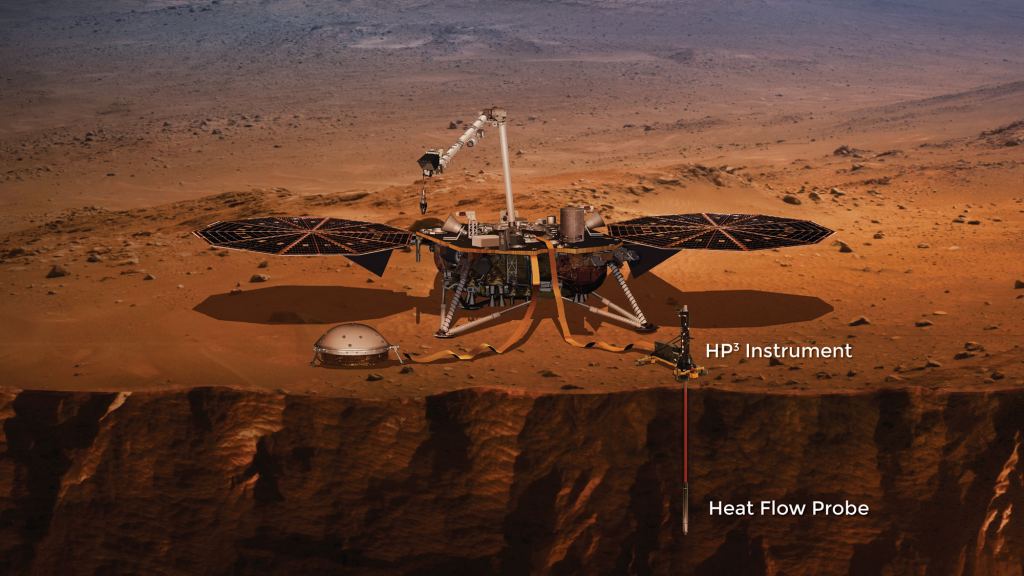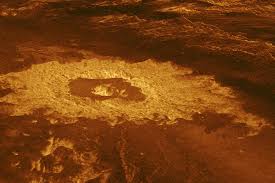
After many months of struggle and careful adaptation, the InSight lander’s ‘Mole’ is finally into the ground. The InSight lander was sent to Mars to study the planet’s interior.

A new study identified 37 recently active volcanic structures on Venus. The study provides some of the best evidence yet that Venus is still a geologically active planet.

The accretion of new material during Pluto's formation may have generated enough heat to create a liquid ocean that has persisted beneath an icy crust to the present day.

A recent study shows that Titan is drifting further and further from Saturn. And the rate at which it’s drifting is 100 times faster than expected. This suggests that Titan has been migrating to its current distance for 4.5 bil years.

The ringless Mars we see today is probably an anomaly. We’re in between rings right now, and we’ve assumed that’s normal.

The surface of Jupiter's moon Europa features a widely varied landscape, including ridges, bands, small rounded domes and disrupted spaces that geologists call "chaos terrain."

4 billion year old Nitrogen containing organic molecules has been discovered in Martian meteorites. This finding suggests a wet and organic-rich early Mars, which could have been habitable and favorable for life to start.

Mercury, the closest planet to the Sun, is one of the last places we think about when considering the potential for life in the solar system. New research suggests the planet's interior once contained the basic ingredients for life.

By going over old data collected by the Voyager 2 spacecraft in 1986, two scientists at NASA’s Goddard Space Flight Center have made the startling discovery that Uranus’ atmosphere is gradually escaping into space.

The planet’s extreme daytime heat combined with the super-cold (minus 200-degree Celsius) temperatures in the permanently shadowed craters might be acting like an “ice-making chemistry lab.”

Astronomers have released a catalog of 316 trans-Neptunian objects (TNOs) - minor planets located in the far reaches of the Solar System - detected from the first four years of the Dark Energy Survey.

The molecules were extracted by the Curiosity rover from a mudstone section of the Gale Crater. Scientists have concluded that we can't rule out those molecules actually have a biological origin.

NASA has selected four possible planetary science missions for further evaluation, two focused on Venus, one on Jupiter's volcanic moon Io and one on Neptune's icy moon Triton. Final selections will be made next year.

A NASA-supplied Atlas 5 rocket launched the European Space Agency’s Solar Orbiter spacecraft 9 February, kicking off an innovative mission to study the Sun in unprecedented detail, complementing close-in observations by NASA’s Parker Solar Probe.

During the day, a thin layer of nitrogen ice warms and turns into vapor. At night, the vapor condenses and once again forms ice. Each sequence is like a heartbeat, pumping nitrogen winds around the dwarf planet.